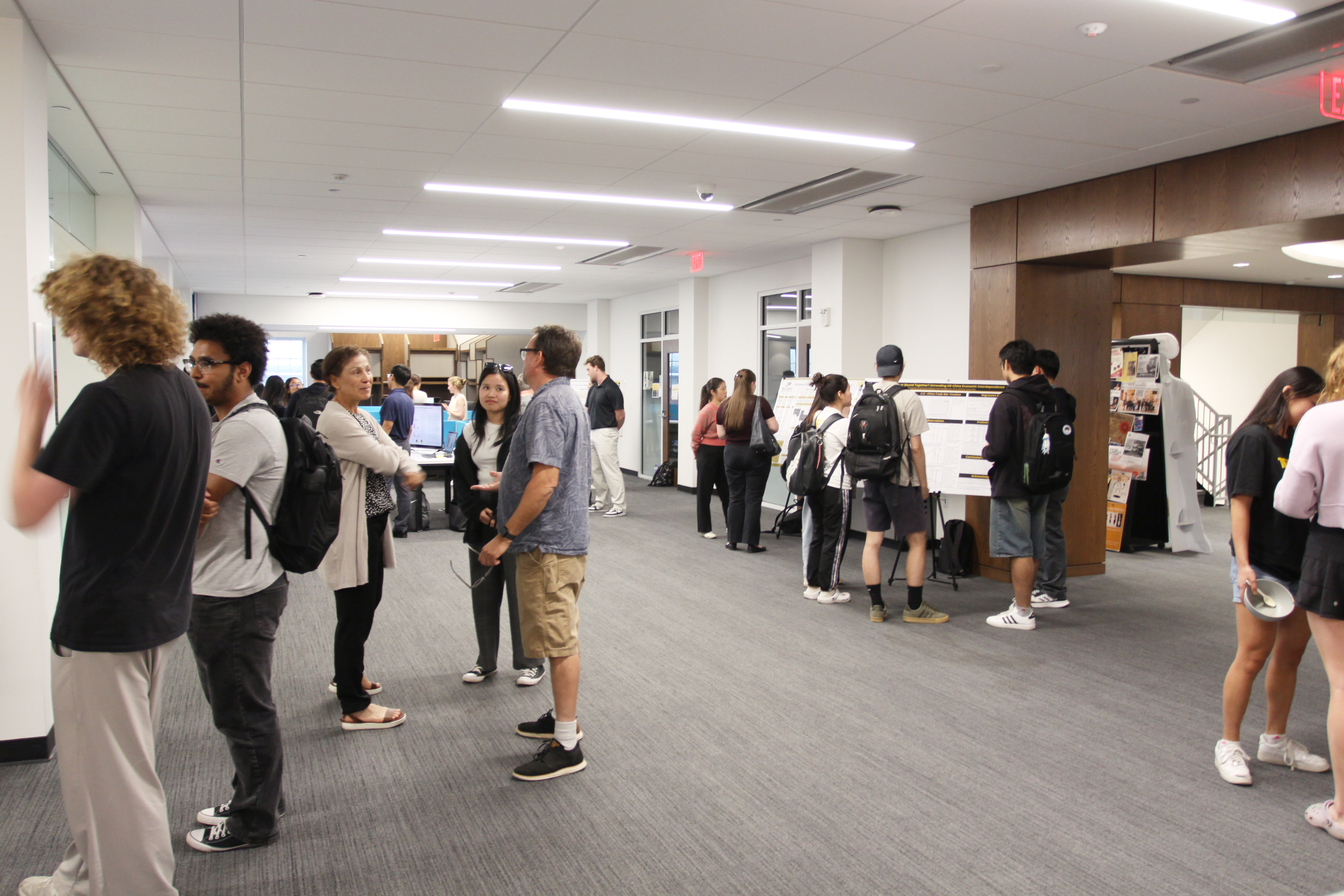Files
Download Full Text (652 KB)
Document Type
Poster
Publication Date
Fall 2024
Abstract
American Sign Language (ASL) is a natural language that is critical for effective communication within the Deaf community and also to bridge the gap between hearing and Deaf or Hard-of-Hearing individuals. Conventional methods of ASL learning apart from in person classroom instruction provide foundational knowledge but often lack the immersive and interactive elements. People often opt to learn ASL through textbooks and videos due to the limited availability of proficient ASL instructors, lack of other educational resources and limited time. This creates challenges of replicating real-life conversational scenarios and lack of real time feedback. To address these limitations, Virtual Reality (VR) technology has emerged as a promising tool for ASL education by offering an immersive learning environment where users can practice ASL, a 3D language in a three dimensional space to enhance their learning as well as retain the language. The motivation behind this study is to explore the efficacy of the VR-based ASL learning platform, ASL Champ! and its potential to revolutionize the way ASL is taught and learned. Additionally, this study will also evaluate its Sign Language Recognition (SLR) system by addressing the research question: "How does reducing the selection bias in the training data of ASL Champ! affect the accuracy of its Sign Language Recognition (SLR) system?"
Recommended Citation
Pradhan, Nushla '26 and Silverman, Laine, "Reducing Selection Bias in the Training Data of ASL Champ! To Improve the Sign Language Recognition (SLR) System" (2024). Annual Student Research Poster Session. 145.
https://scholarship.depauw.edu/srfposters/145




Funding and Acknowledgements
Funding provided by the National Science Foundation and Gallaudet University.